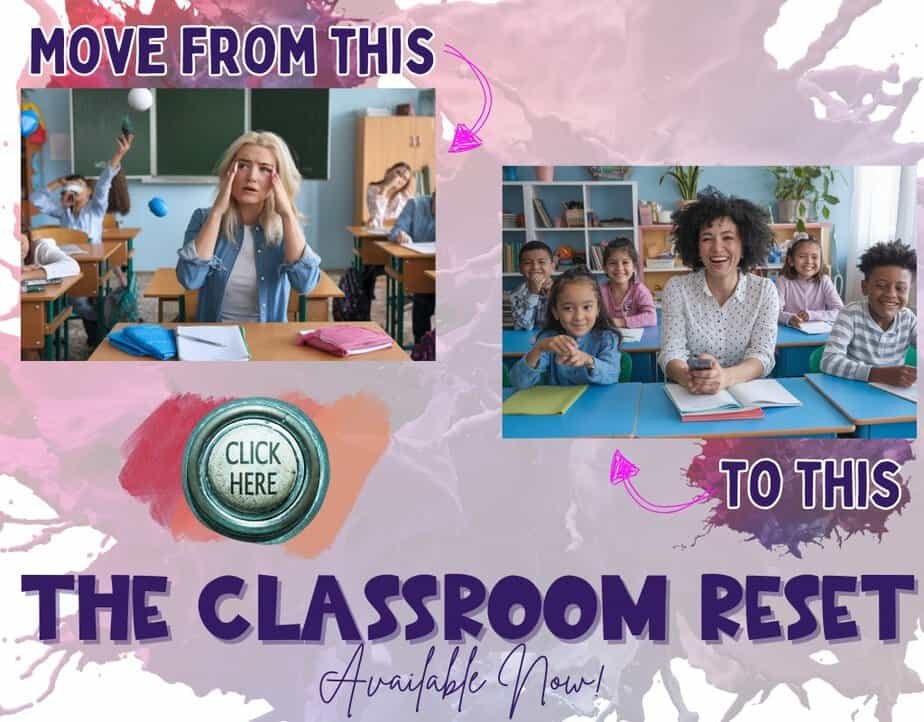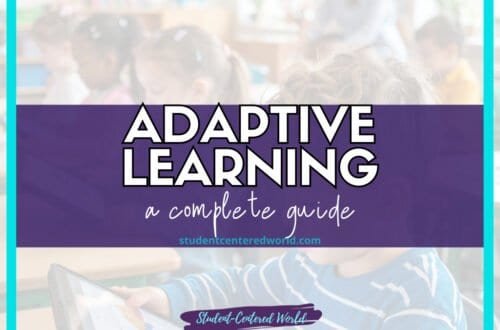Student Engagement Activities: Elevate and Engage Learning
Student engagement is the cornerstone of effective education, especially when working with Generation Alpha, the first generation to grow up entirely in the digital world. These students are tech-savvy, and creative, and thrive in dynamic learning environments that cater to their students’ interests. To ensure student success, educators must implement student engagement strategies that foster active participation, critical thinking, and a love of learning.
Let’s dive into some student engagement activities and instructional strategies tailored to elementary, middle, and high school students (who, at this time, are still considered the tail end of Generation Z), ensuring a holistic approach to education that prepares them for the real world.
Elementary School: Building Foundations Through Fun and Interaction
Elementary school is a critical time for developing a love of learning and foundational skills. At this grade level, student engagement activities should focus on hands-on activities, collaborative learning, and active engagement to maintain students’ attention and make learning fun. These early years are when students form their attitudes toward education, making it essential to create a dynamic learning environment that sparks curiosity and creativity.
By incorporating brain breaks, small groups, and digital tools, educators can address pent-up energy and keep students focused. Activities like group projects, mood boards, and open-ended questions encourage creative thinking and problem-solving skills, laying the groundwork for lifelong learning.
Additionally, using YouTube videos or educational video games can make lessons more relatable and engaging for Generation Alpha, who are deeply connected to the digital world. By fostering a good relationship between students and teachers through fun ways of learning, educators can ensure student success and a strong foundation for future academic growth.
Small Groups and Collaborative Learning
Using small groups is a great way to encourage collaborative learning and build problem-solving skills. Activities like group projects or concentric circles (where an inner circle discusses a topic while the outer circle listens and provides feedback) allow students to share ideas and develop social skills. These activities also help teachers assess comprehension of the course material in real-time.
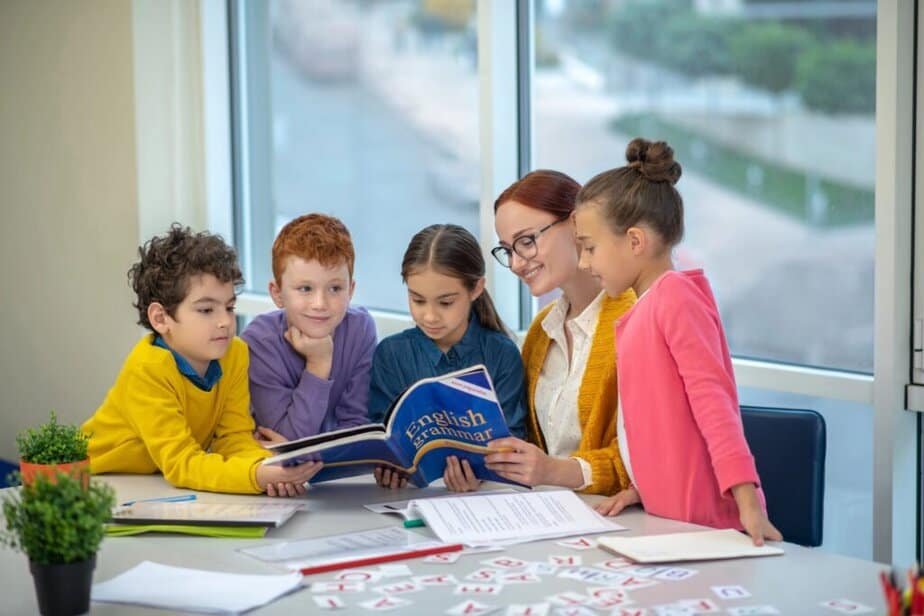
Brain Breaks and Hands-On Activities
Younger students often have pent-up energy, making brain breaks an essential part of the learning process. Short, fun activities like stretching, dancing, or quick games can re-energize students and refocus their attention. Additionally, hands-on activities such as building models, creating mood boards, or conducting simple science experiments are an effective way to engage students and make abstract concepts tangible.
Incorporating Digital Tools
Generation Alpha is deeply connected to the digital world, so using digital tools like YouTube videos or educational video games can be an excellent tool for engagement. For example, a YouTube video explaining the water cycle can serve as a starting point for a class discussion or a classroom poll to gauge understanding.
Open-Ended Questions and KWL Charts
Encouraging creative thinking and curiosity is vital in elementary school. Open-ended questions like “What do you think would happen if…?” spark imagination and critical thinking. Similarly, KWL charts (What I Know, What I Want to Know, What I Learned) are a great idea to help students organize their thoughts and track their learning progress.
By combining these strategies, educators can create a dynamic learning environment that fosters student growth and a love of learning.
Middle School: Encouraging Critical Thinking and Real-World Connections
Middle school students are at a unique stage where they begin to develop critical thinking and problem-solving skills. At this grade level, student engagement strategies should focus on connecting course content to the real world while encouraging active participation and emotional engagement. This is a pivotal time when students start to form their own opinions and explore their students’ interests, making it essential to create classroom activities that feel relevant and meaningful.
Incorporating case studies, group discussions, and experiential learning opportunities can help bridge the gap between theory and practice, allowing students to see the real-world applications of what they’re learning.
For example, a case study on climate change can lead to a class discussion on how individuals can make a difference, fostering both critical thinking and a sense of responsibility. Additionally, leveraging social media and video games as part of lesson plans can make learning more relatable and engaging for this tech-savvy generation. By using classroom polls, quick writes, and open-ended questions, teachers can gauge comprehension of the course material while encouraging student participation.
These strategies not only make learning fun but also help students develop the problem-solving processes and collaborative learning skills they’ll need for higher education and beyond.
Group Discussions and Case Studies
Group discussions are a great way to encourage student participation and develop critical thinking. Teachers can present case studies or real-world scenarios that require students to apply their knowledge and engage in problem-solving processes. For example, a case study on environmental issues can lead to a class discussion on sustainability and personal responsibility.
Experiential Learning and Student Organizations
Experiential learning is an effective way to make lessons more relatable and engaging. Activities like field trips, science fairs, or participation in student organizations provide students with opportunities to apply their knowledge in real-world contexts. These experiences not only enhance student learning but also foster a sense of commitment students feel toward their education.
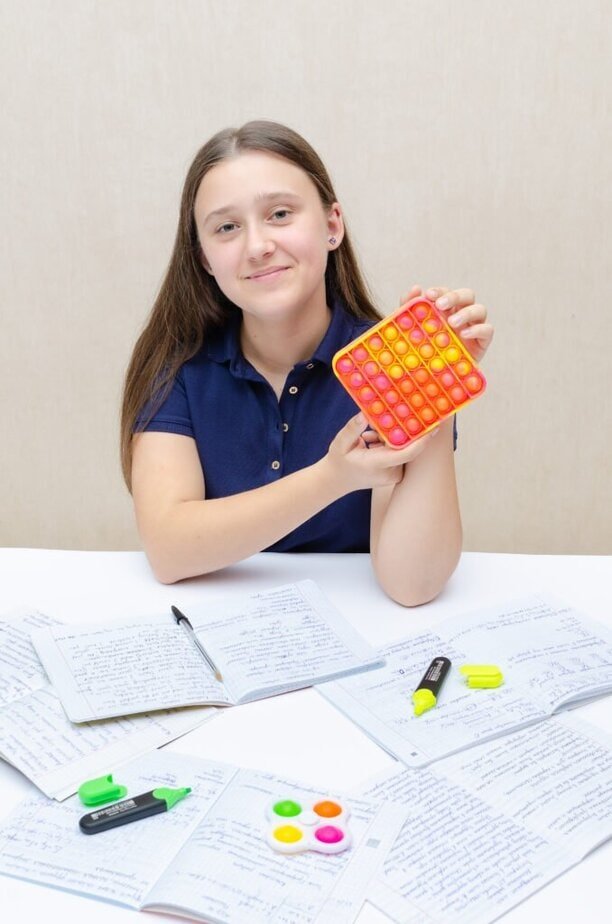
Incorporating Social Media and Video Games
Middle school students are highly influenced by social media and video games, making these platforms an excellent tool for engagement. Teachers can use social media to create classroom polls or share YouTube videos that align with lesson plans. Similarly, educational video games can be used to teach specific topics like history or math in a fun way.
Quick Writes and Classroom Polls
Quick writes are a good way to encourage active participation and assess understanding. At the end of the lesson, students can write a short reflection or answer an open-ended question about the day’s topic. Classroom polls, whether conducted in real time using digital tools or on paper, provide immediate feedback and help teachers adjust their instructional strategies.
By implementing these student engagement activities, educators can create a student-centered approach that promotes academic performance and prepares students for the challenges of higher education.
High School: Preparing for Higher Education and the Real World
High school students are preparing for higher education and the real world, making it essential to focus on critical thinking, problem-solving skills, and emotional engagement. At this grade level, student engagement strategies should emphasize active learning, collaborative learning, and real-world applications. This is a time when students need to develop a deeper understanding of complex concepts and hone their ability to apply knowledge in practical settings.
Activities like debates, group projects, and case studies encourage students to think critically and work together, fostering both academic performance and student growth. Incorporating digital tools such as online learning platforms and YouTube videos can make lessons more interactive and aligned with the digital world they inhabit.
For instance, analyzing real-world scenarios through case studies or creating mood boards for specific topics can help students connect course content to their future careers or personal interests. Open-ended questions and problem-solving processes challenge students to think creatively and independently, while class discussions and quick writing provide opportunities for active participation and reflection.
By fostering a student-centered approach, educators can ensure that high school students are not only prepared for higher education but also equipped with the skills and confidence needed to thrive in real life.
Debates and Problem-Solving Processes
Debates are a great opportunity to develop critical thinking and public speaking skills. Teachers can assign specific topics related to course content and have students research and present their arguments. Similarly, problem-solving processes in small groups encourage collaborative learning and help students develop a deeper understanding of complex concepts.
Group Projects and Concentric Circles
Group projects are an effective way to foster teamwork and creative thinking. For example, students can work together to create a mood board or presentation on a historical event. Concentric circles, also known as the Harkness Table, where the inner circle discusses a topic while the outer circle observes and provides feedback, are another great idea for encouraging active participation and student growth.
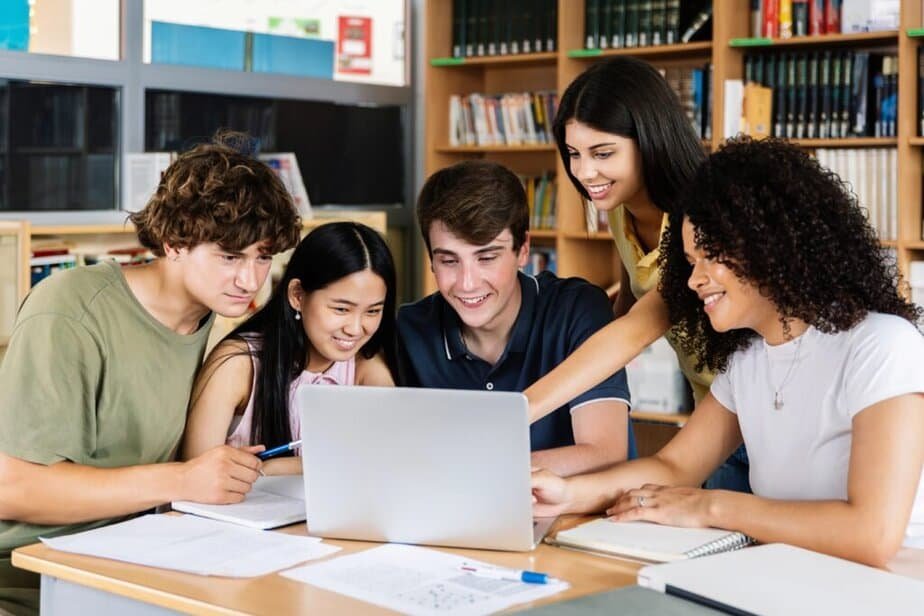
Digital Tools and Online Learning
High school students are highly proficient in the digital world, making digital tools an excellent tool for engagement. Online learning platforms can be used to supplement classroom instruction, while YouTube videos or case studies can provide real-world examples of course content. Online classes or hybrid models also offer flexibility and prepare students for the digital tools they will encounter in higher education.
Open-Ended Questions and Real-World Applications
Open-ended questions like “How would you solve this problem in the real world?” encourage critical thinking and creative thinking. Teachers can also incorporate real-world applications into lesson plans, such as analyzing current events or conducting case studies on global issues. These activities not only enhance student learning but also foster a sense of responsibility and commitment students feel toward their future.
By using these student engagement strategies, educators can create a dynamic learning environment that promotes student success and prepares students for the challenges of higher education and the real world.
Benefits of Student Engagement Across All Grade Levels
Regardless of grade level, student engagement activities offer numerous benefits of student engagement, including improved academic performance, student growth, and a love of learning. By incorporating different strategies like brain breaks, group work, and hands-on activities, educators can create a holistic approach to education that caters to the unique needs of Generation Alpha.
Active Participation and Emotional Engagement
Active participation is key to maintaining students’ attention and ensuring student success. Activities like class discussions, quick writes, and classroom polls encourage student participation and provide immediate feedback. Additionally, fostering emotional engagement by connecting course content to students’ interests and the real world helps build a good relationship between students and teachers.

Collaborative Learning and Problem-Solving Skills
Collaborative learning activities like group projects and concentric circles promote teamwork and problem-solving skills. These activities also provide a great opportunity for students to learn from their peers and develop a deeper understanding of the subject matter.
Digital Tools and Real-World Connections
Incorporating digital tools like YouTube videos, social media, and online learning platforms ensures that classroom activities remain relevant to the digital world. By connecting course content to real-world scenarios, educators can make learning fun and prepare students for the challenges of higher education and beyond.
Conclusion
Engaging Generation Alpha requires a student-centered approach that combines active learning, collaborative learning, and digital tools. By tailoring student engagement strategies to the unique needs of elementary, middle, and high school students, educators can create a dynamic learning environment that fosters student success and a love of learning. Whether through small groups, brain breaks, or real-world applications, these strategies ensure that students are prepared for the challenges of the real world and beyond.




